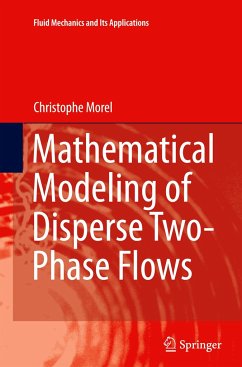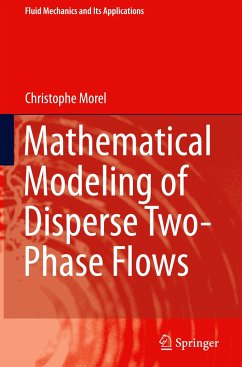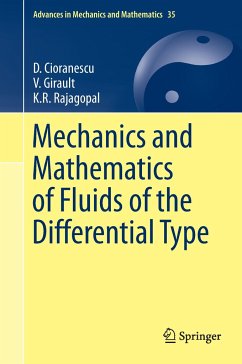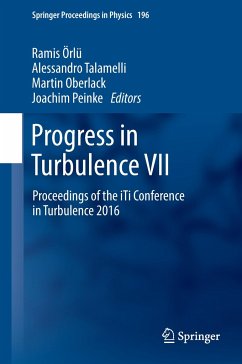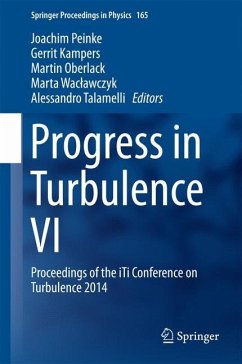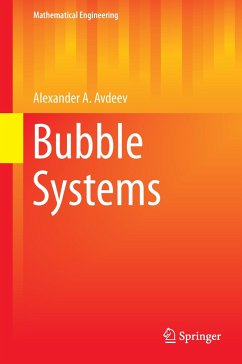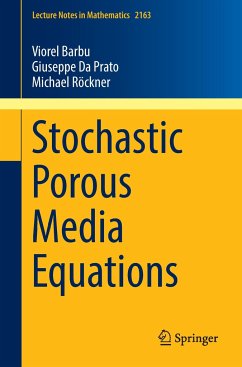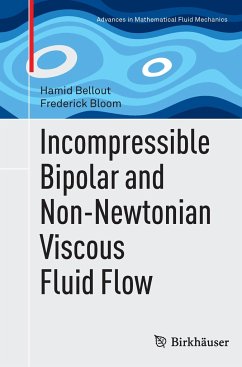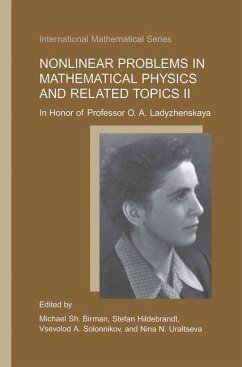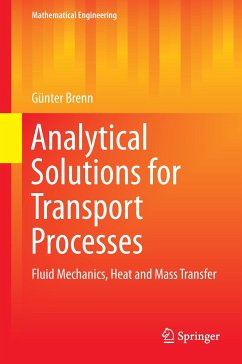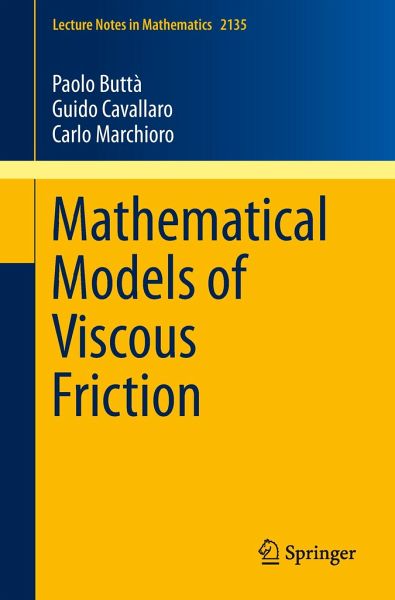
Mathematical Models of Viscous Friction

PAYBACK Punkte
14 °P sammeln!
In this monograph we present a review of a number of recent results on the motion of a classical body immersed in an infinitely extended medium and subjected to the action of an external force. We investigate this topic in the framework of mathematical physics by focusing mainly on the class of purely Hamiltonian systems, for which very few results are available. We discuss two cases: when the medium is a gas and when it is a fluid. In the first case, the aim is to obtain microscopic models of viscous friction. In the second, we seek to underline some non-trivial features of the motion.Far fro...
In this monograph we present a review of a number of recent results on the motion of a classical body immersed in an infinitely extended medium and subjected to the action of an external force. We investigate this topic in the framework of mathematical physics by focusing mainly on the class of purely Hamiltonian systems, for which very few results are available. We discuss two cases: when the medium is a gas and when it is a fluid. In the first case, the aim is to obtain microscopic models of viscous friction. In the second, we seek to underline some non-trivial features of the motion.
Far from giving a general survey on the subject, which is very rich and complex from both a phenomenological and theoretical point of view, we focus on some fairly simple models that can be studied rigorously, thus providing a first step towards a mathematical description of viscous friction. In some cases, we restrict ourselves to studying the problem at a heuristic level, or we present themain ideas, discussing only some aspects of the proof if it is prohibitively technical.
This book is principally addressed to researchers or PhD students who are interested in this or related fields of mathematical physics.
Far from giving a general survey on the subject, which is very rich and complex from both a phenomenological and theoretical point of view, we focus on some fairly simple models that can be studied rigorously, thus providing a first step towards a mathematical description of viscous friction. In some cases, we restrict ourselves to studying the problem at a heuristic level, or we present themain ideas, discussing only some aspects of the proof if it is prohibitively technical.
This book is principally addressed to researchers or PhD students who are interested in this or related fields of mathematical physics.





